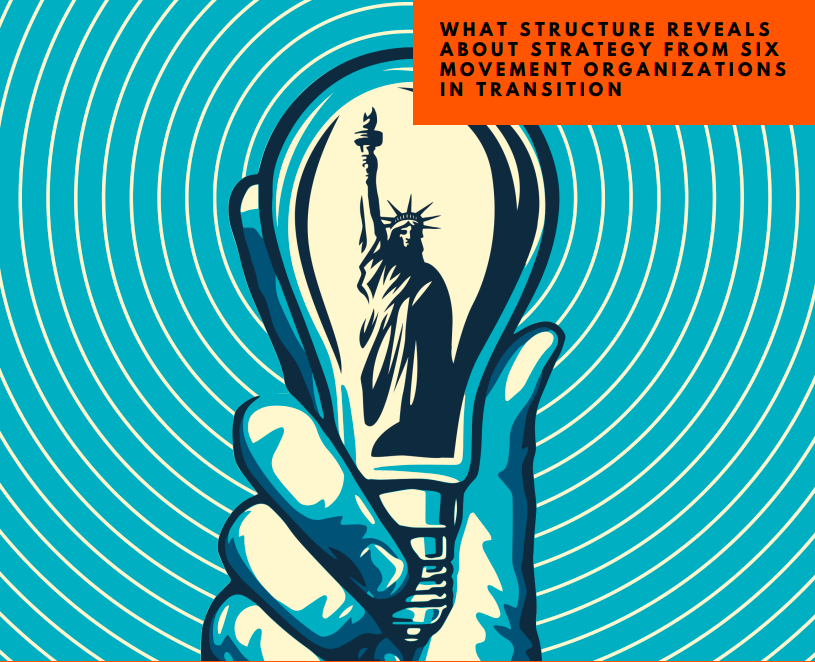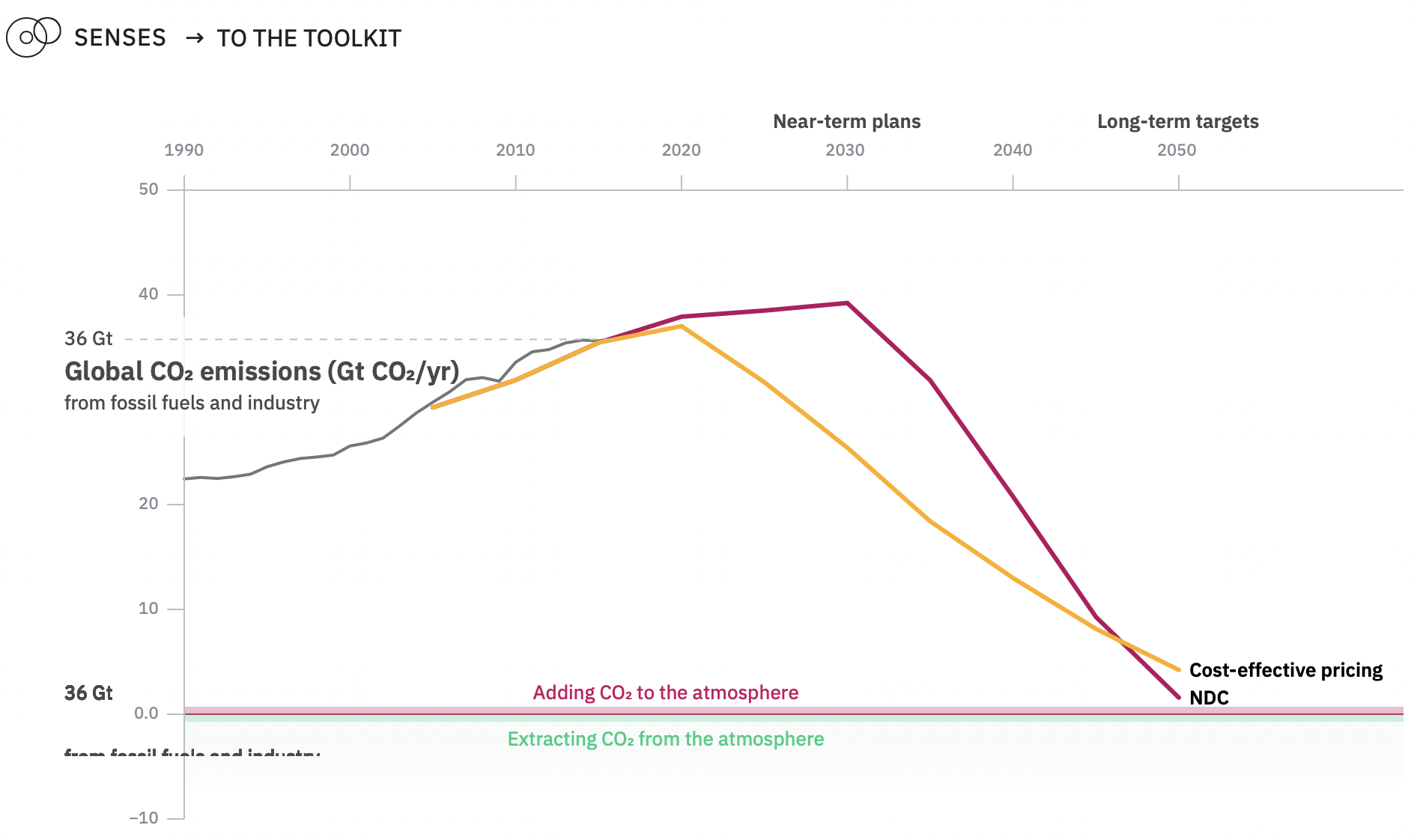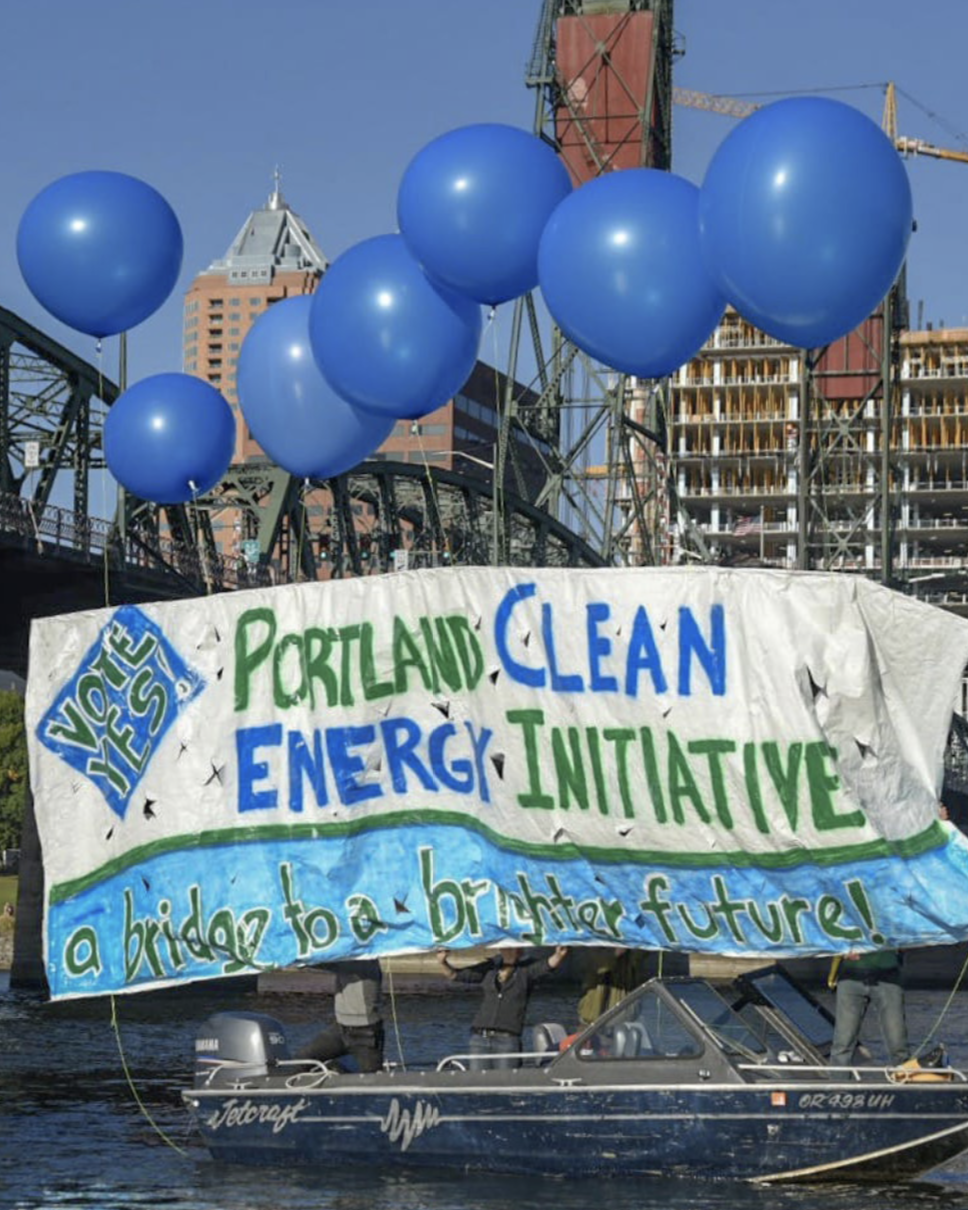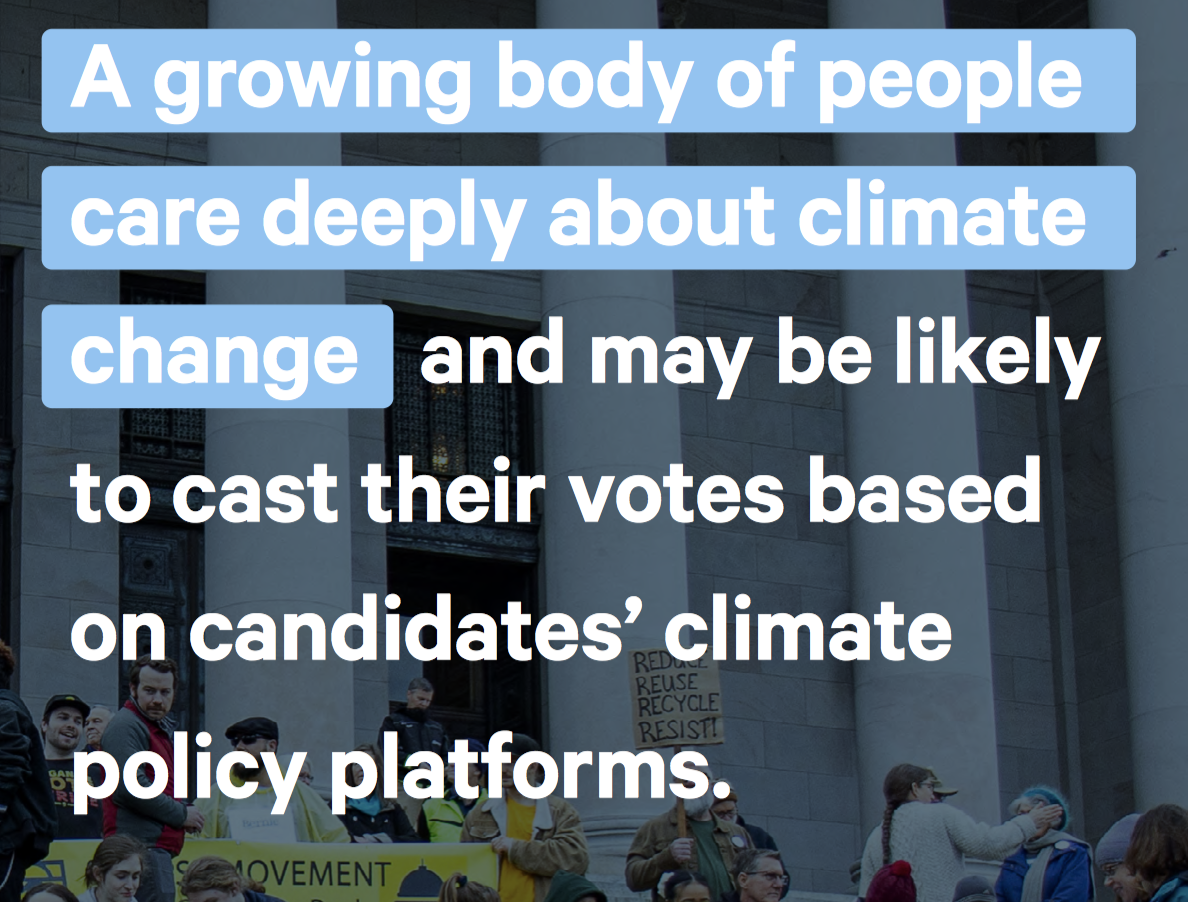Resources
Search below for resources covering the intersection of climate engagement, social science and data analytics.
RESULTS
An Approach to Understanding and Measuring People Power
Existing methods of measuring people power and impact could be improved to make organizing stronger. This report—written for both scholars and organizers—first argues that we should conceive of the locus of power as what the people, not political elites, have the potential to do. It breaks down power into multiple sub-components, which can be all measured: inputs (e.g., 1:1 meetings, events, voter contact) and outputs (e.g., growing constituency base, policy changes, election outcomes). It provides some tips for measuring power, such as mapping out networks of organizations, analyzing text of various messaging across time or place, and collecting data on legislative bills proposed or passed by a specific government. There are other ways to measure potential power and engagement, by collecting data on direct action attendees or organizational membership over time—and their changing roles in any organization hierarchies. To try to understand impact, these measures of power “inputs” can be correlated with the “outputs”. Organizations will often have to collect this data, themselves—unless they partner with researchers like the P3 Lab or the Democracy and Power Innovation Fund.
Building Structure Shapes: What Structure Reveals About Strategy from Six Movement Organizations in Transition
When faced with challenges to their power, social movement organizations can revise their structure in different ways to solve different problems. For example, the Sunrise Movement has engaged its membership in an attempt to decentralize some power from its national staff to local hubs. Color Of Change expanded its staff-driven approach to create events and local groups for social engagement and localized projects, in addition to refocusing its campaign goals to local elections. United for Respect has experienced member and staff growth, experimenting by organizing staff by campaign and by role, settling on a hybrid structure, utilizing both. Other organizations—ISAIAH, New York Working Families Party, and Florida’s Statewide Alignment Group—have also re-structured in illuminating ways. This report employs useful metaphors to describe different group structures, including “boat”, “big tent”, “Rubik’s Cube”, “house”, “stool”, and “fractal”.
The Senses Toolkit
The SENSES Toolkit is a collection of visualization tools that explore a variety of climate change and clean energy scenarios scenarios including:
- Closing the Emissions Gap: How current, global decarbonization plans match up with the long-term targets of the Paris Climate Agreement
- The Role of Land for Food Production and Climate Protection: How current land-use practices accelerate climate change
- Net-zero Pathways for Industrialized Countries: Simulations that outline possible pathways to net-zero emissions by 2050 for the US, EU, Japan, and Australia
In addition to the scenarios, the toolkit includes practical guidelines of how to use climate change scenarios for three key user groups: policymakers, the financial sector, and regional audiences.
Poll: Most Voters Support Ambitious Climate Action
In what demographics have opinions on climate change moved the most?
This report examines shifts in climate opinion across demographic groups, based on responses to surveys in 2016, 2017, and 2019. Key findings include:
- The electorate increasingly and indiscriminately sees climate change as an important issue, with consensus growing consistently across demographic groups.
- Black and Asian American respondents both overwhelmingly viewed climate change as important at significantly higher levels than in 2016.
- One of the most prominent shifts in opinion on climate change occurred among Independent voters, with a margin widening from 11 to 25 percentage points.
- Generally, opinions on climate change were similar and increased at a similar pace across demographic groups separated by education level.
Climate activism and its effects
Synthesis of research on the specific ways citizens have engaged civically around the issue of climate change and documented effects of these efforts on climate change itself suggests:
- Behavior-change campaigns can positively influence lifestyle choices that reduce their individual carbon footprints, such as reducing car-use, purchase renewable electricity, and eating less meat
- An increasing number of environmental NGOs is associated with lower levels of environmental degradation (including reduced carbon dioxide emissions)
- "Insufficient evidence" regarding what legal challenges/litigation have had on greenhouse gas emissions
- Targeting the economic sector and specific businesses (through boycotts, divestment campaigns, etc.) has resulted in "notable" emissions reductions
Portland Clean Energy Fund Executive Summary: A Breakthrough for Climate and Justice
In November 2018, residents of Portland, Oregon, made history by passing The Portland Clean Energy Fund (PCEF), a breakthrough initiative that will raise an estimated $44-$61 million annually to support local clean energy and economic justice initiatives. The fund passed with 65 percent of the vote and support from a long list of local businesses and community organizations, including faith leaders, labor unions, and more. This Executive Summary captures toplines on what the campaign learned about what it takes to win.
Poll: Climate is taking on a growing role for voters
82% of respondents said that the US government should do at least a moderate amount about global warming—an all-time high for public opinion on the issue. 70% of respondents (across all categories) believe that the US government, governments in other countries, businesses, or average people should do more to deal with climate change. 75% of respondents said they had personally observed effects of global warming. 64% of respondents said that world temperatures had been higher during the past three years than before—an all-time high and a 10 percentage point increase from 2018. 43% of respondents said that weather patterns in the county where they lived were more unstable during the last three years than before that.
Reflections + Resources from an Act of Collective Imagination: And 8 Tips for Fanning the Flames of Possibility
As the founding Director of the U.S. Department of Arts and Culture (a non-profit) transitions out of leadership, he shares reflections and resources related to cultural strategy and responding to the question, how might we build creative people-power to respond to the social and ecological crises of our times and to advance practices, narratives, and policies for a more liberatory world?
Poll: Two-Thirds of Americans Think Government Should Do More on Climate
While partisanship remains the predominant dividing line in many views of climate and the environment, there are meaningful differences within party coalitions. Republicans and Republican leaners who describe their political views as moderate or liberal (roughly a third of all Republicans and leaners) are much more likely than conservative Republicans to see local impacts of climate change, support policies to address it and say the federal government is doing too little in areas of environmental protection. Further, younger generations and women in the GOP tend to be more critical of government action on the environment than their older and male counterparts. Republican women also are more supportive of polices aimed at reducing the impacts of climate change than GOP men.
Pagination
- Previous page
- Page 4
- Next page






